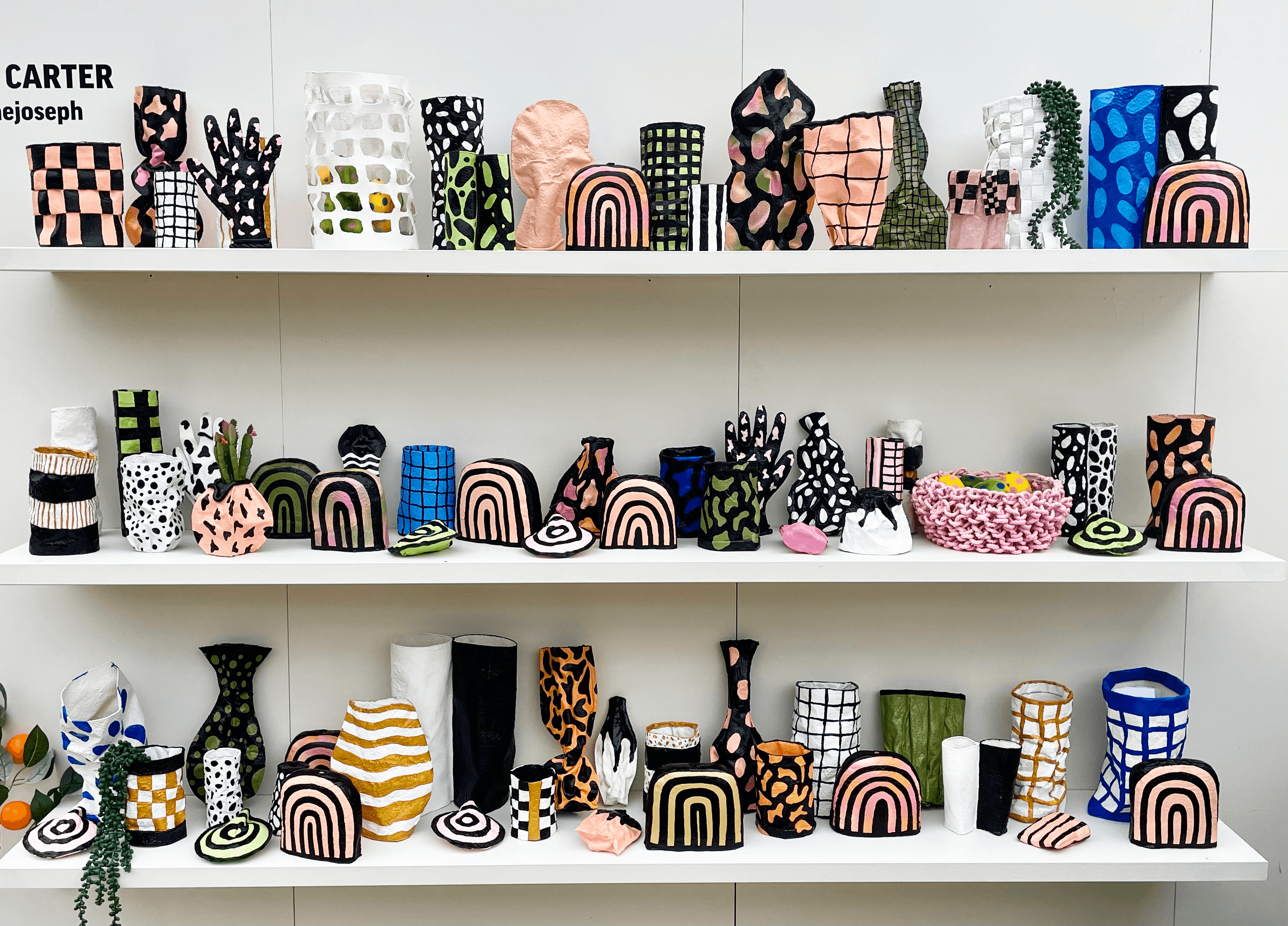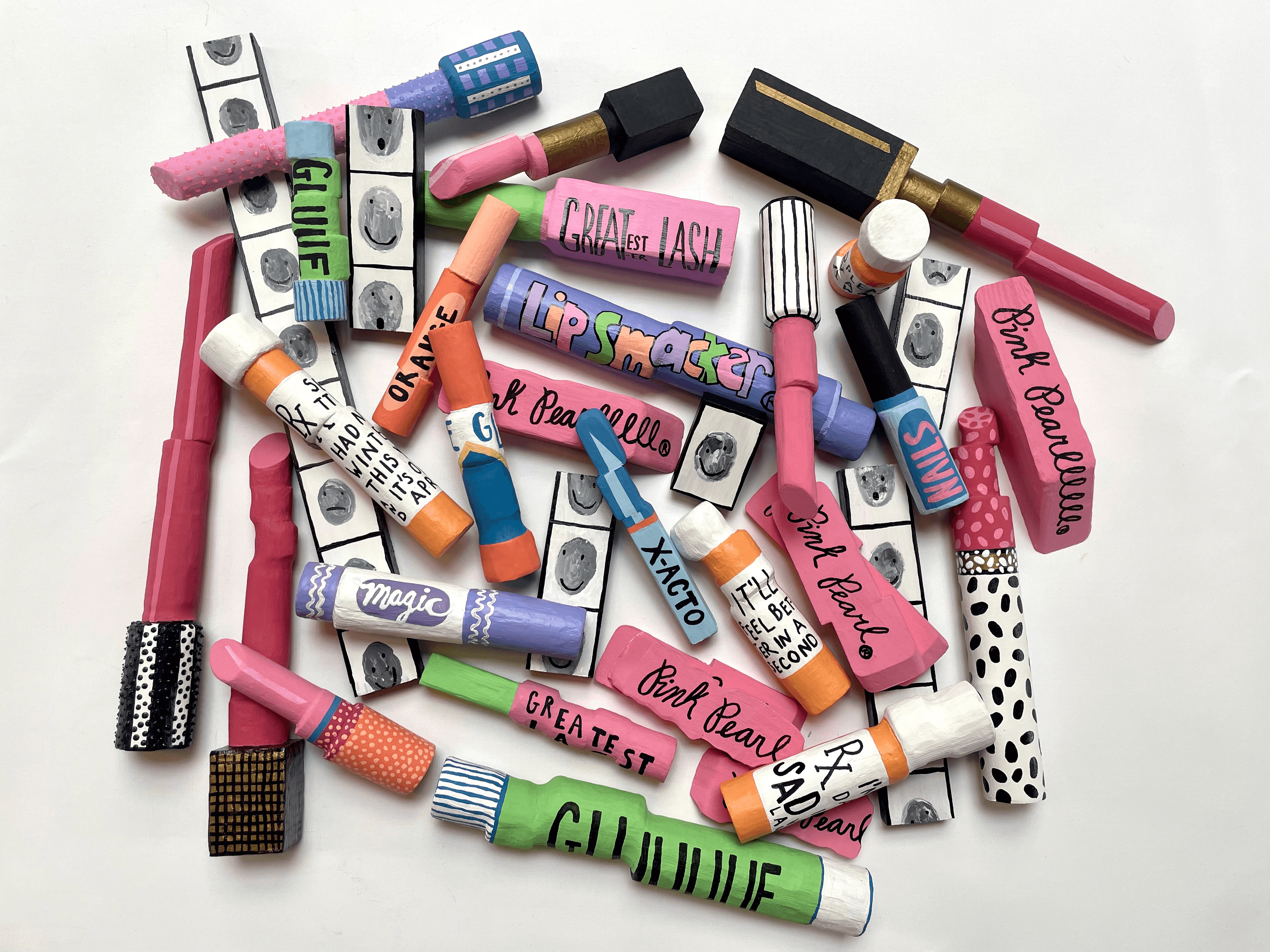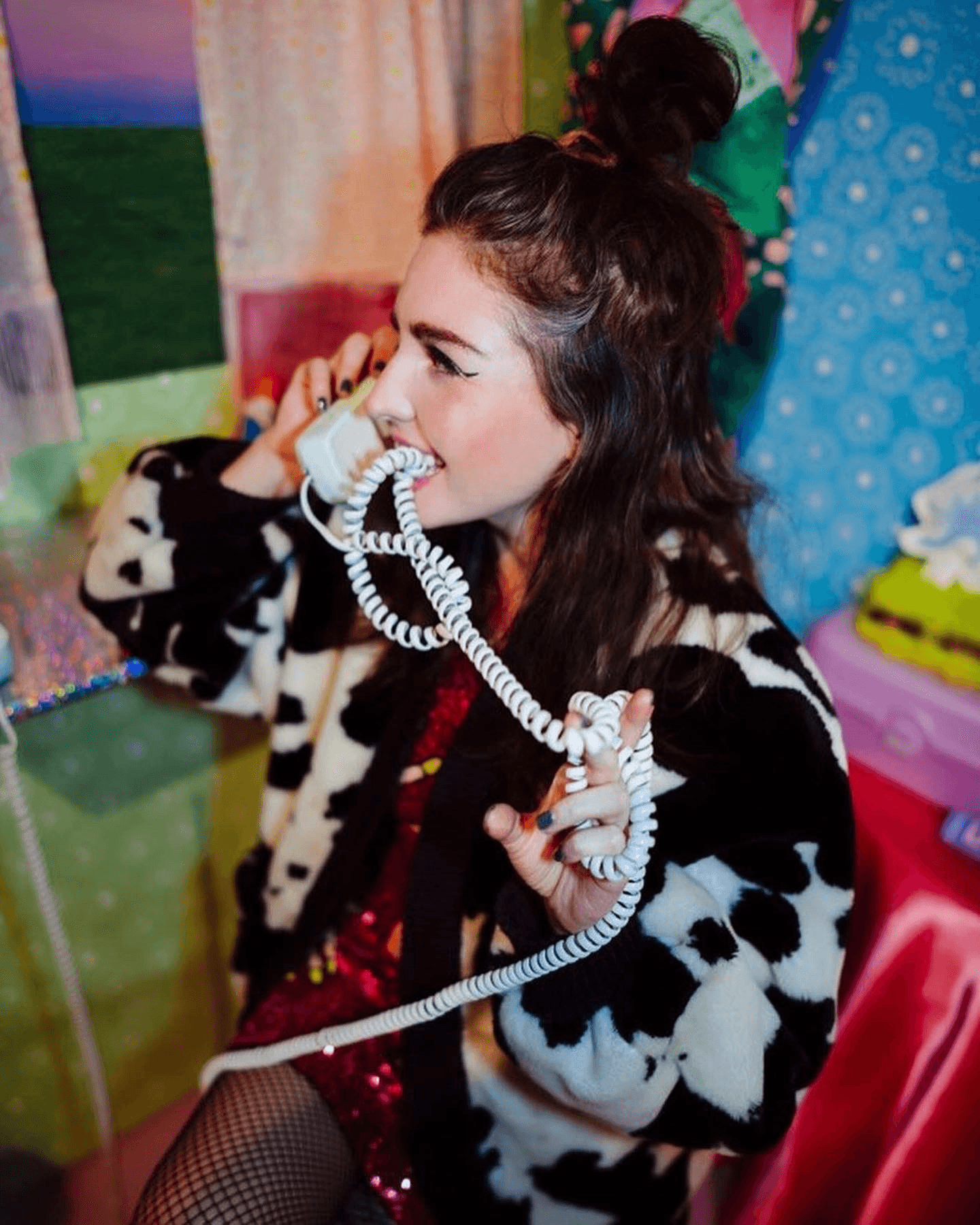Alright – so today we’ve got the honor of introducing you to Mary Anne Carter. We think you’ll enjoy our conversation, we’ve shared it below.
Mary Anne, thanks for joining us, excited to have you contributing your stories and insights. How did you learn to do what you do? Knowing what you know now, what could you have done to speed up your learning process? What skills do you think were most essential? What obstacles stood in the way of learning more?
I’m largely self-taught in the realm of art. I opted for a “more practical” major in college, which I quickly abandoned because of my untamable draw to the creative. Along the way, I took a class here and there at local community centers, read a lot of tutorials, and ruined a lot of projects bludgeoning my way through. But I appreciate every step and every stumble and hope that other artists feel that they don’t have to have a formal skill set to become an artist. Because in reality, there is no one path to becoming an artist. A diploma won’t make you a real artist. Making art makes you a real artist. If you have access to art school and won’t end up tremendously in debt, go for it. But don’t underestimate the value of a class at a community college or community center or observing the practices of artists you admire. I still go back to these places to refresh my skill set or learn something new. There’s often better value there too- the teachers in community spaces are more likely to be working artists picking up side work and have insights to the immediate community.
If I could change anything about my trajectory, it would be to accept the repetition and boredom of a skill before giving up and moving on to the next thing. Mastering art is largely boring. No one ever talks about that, but it’s true.
Try a lot of things, learn where you can, and practice whatever medium you pick up before you put it down.
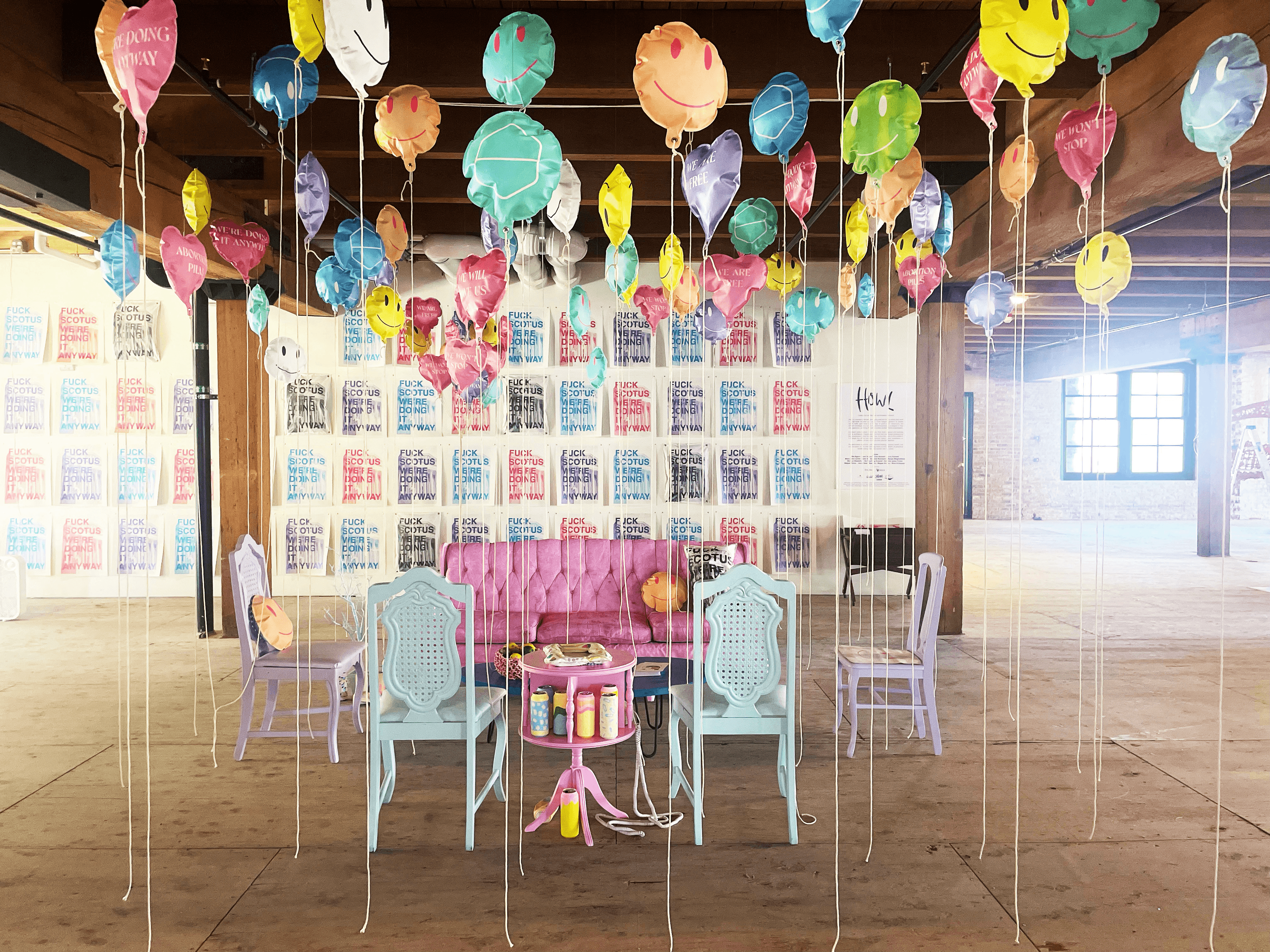
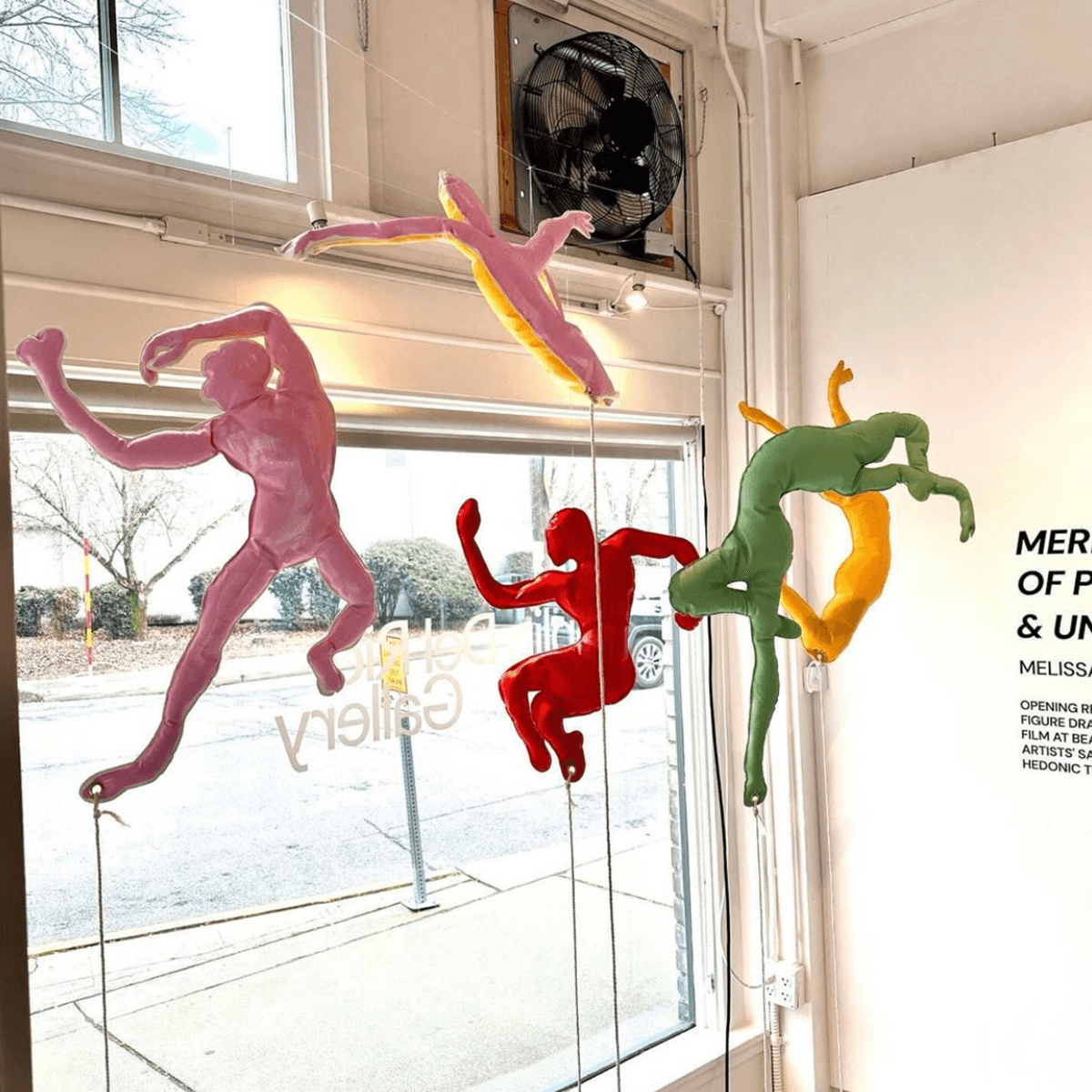
Mary Anne, love having you share your insights with us. Before we ask you more questions, maybe you can take a moment to introduce yourself to our readers who might have missed our earlier conversations?
My name is Mary Anne Carter and I’m a Seattle-based artist, curator, and creative consultant.
Born with a prominent port-wine stain birthmark on my left cheek, I have a lifelong attraction to the odd, unusual, and other. I work with a wide range of materials to create environments and objects that transport the viewer to a brightly colored, boldly patterned utopia governed only by humor, self-expression, and irregularity.
My work has appeared in galleries and museums including AMcE Gallery, J. Rinehart, The Bellevue Art Museum, Museum of Museums, The Factory, King Street Station, The Columbia Tower, NY Art Book Fair, Junior High LA, Get Nice Gallery, Mount Analogue, Vermillion, and more.
Since 2016, I have worked to elevate emerging artists through my gallery and creative studio Party Hat. I served as the Director of the Museum of Museums from 2022 until its close in 2023.
In 2024, I launched Wishbone Industrial Arts, a multidisciplinary design studio that creates furnishings and art objects for the home and commercial spaces with business partners Jack Bennett and Bradley Sweek.
In every endeavour, I am driven to bring art to unexpected places and levy the greater art community through collaboration with emerging and underrepresented artists.
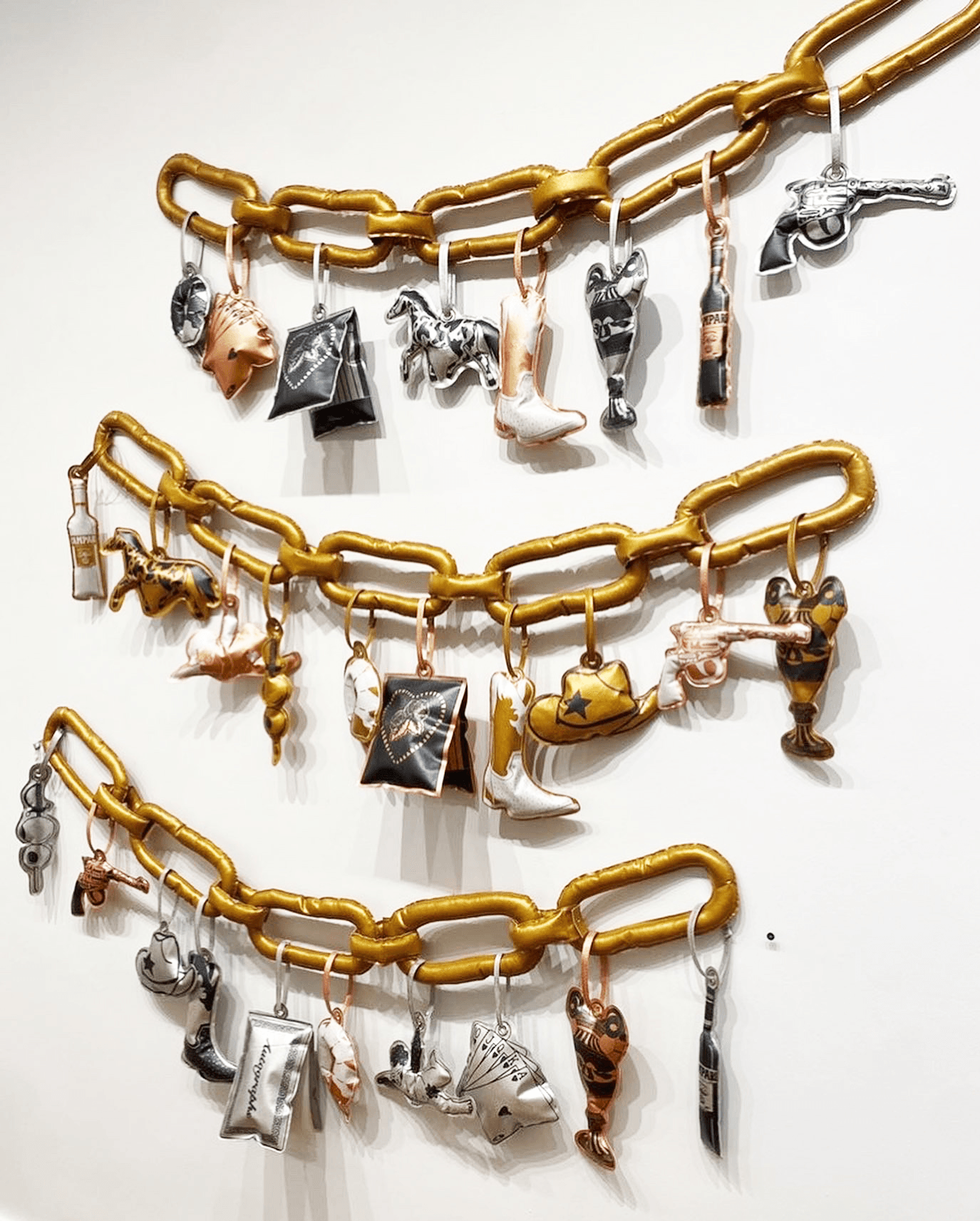
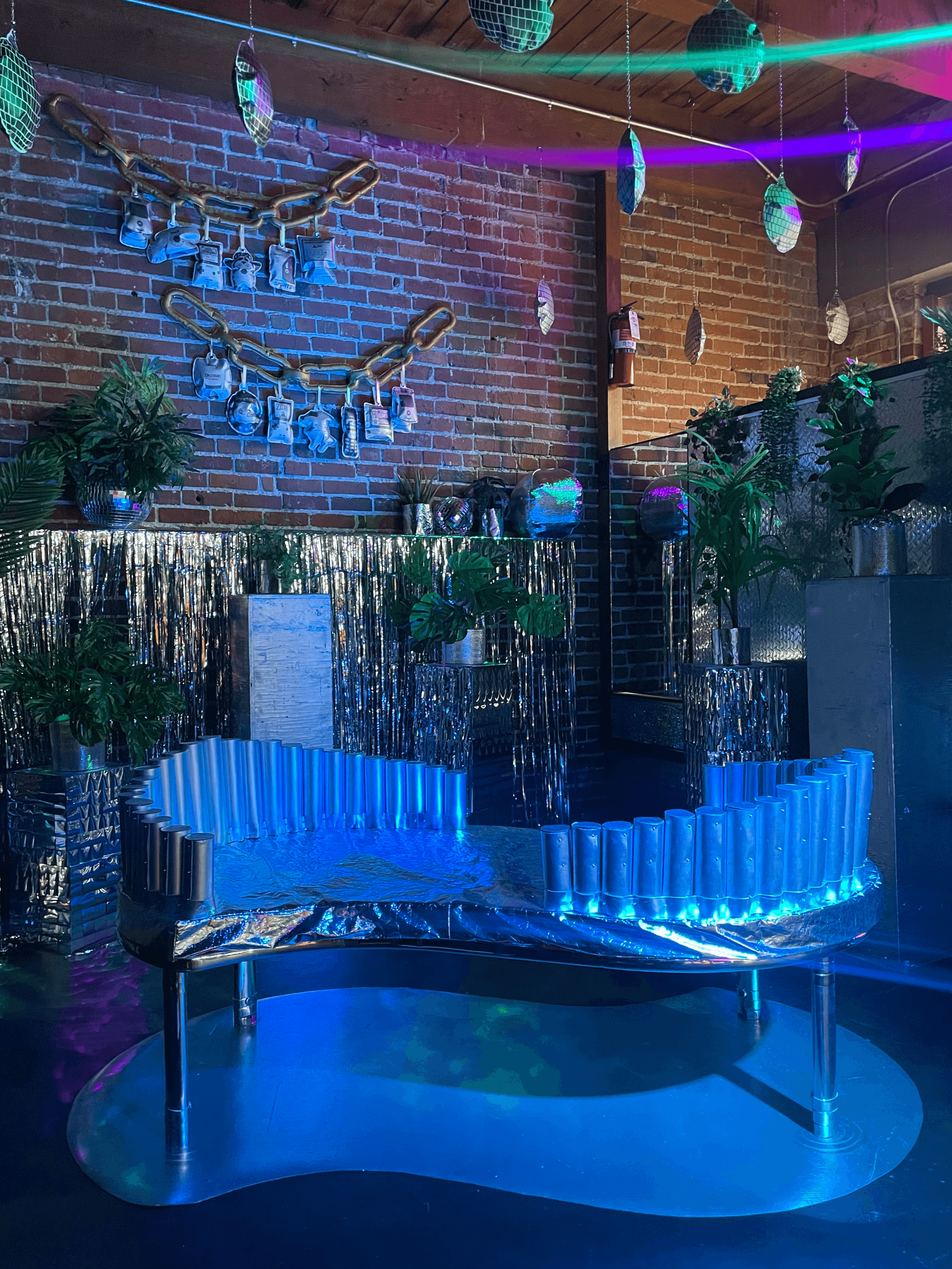
Is there something you think non-creatives will struggle to understand about your journey as a creative? Maybe you can provide some insight – you never know who might benefit from the enlightenment.
As a lifelong creative, I know creativity not to be a hobby or choice or even a talent, so much as the way my brain processes information and allows me to problem solve. I believe that creatives have access to expanded forms of communication and are valuable to society in furthering ideas and distributing them in many forms- visual, auditory, verbal, experiential– that we summarize as “art.” In the same way I value people that are expert doctors, bus drivers, scientists, and computer programmers, it would be my hope that non-creatives recognize the value of creatives. Creatives and artists are responsible for much of our record of manmade history- from ancient architecture to epic poetry- as well as all present entertainment from Netflix to The Met Gala- and offer hope for the future through the continued discourse of ideas we can translate beyond the written word.
I think it would benefit everyone to think less in terms of creative versus non-creative and recognize both as essential contributors to society.
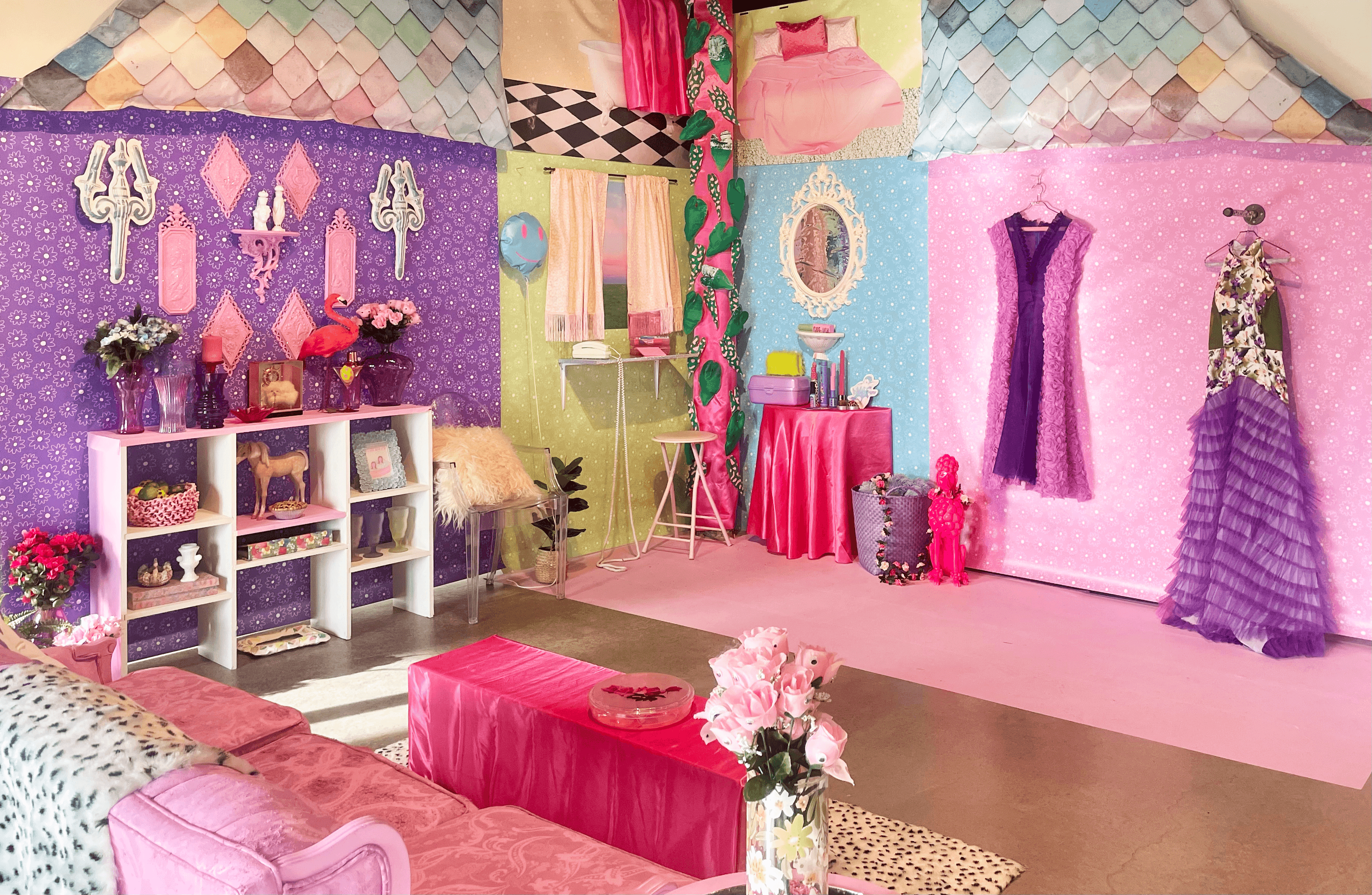
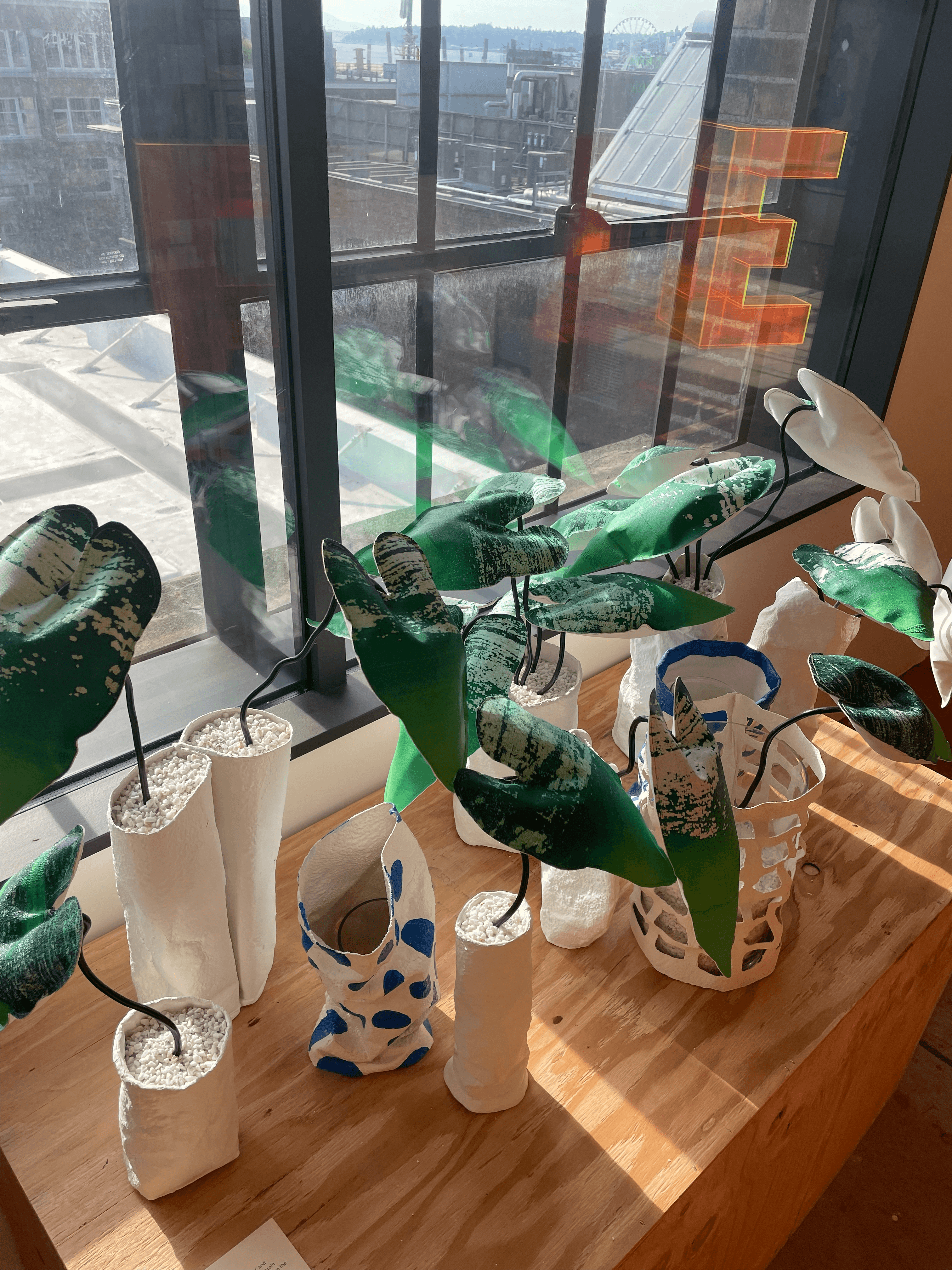
In your view, what can society to do to best support artists, creatives and a thriving creative ecosystem?
Anyone can become a supporter of the arts. Low on cash? Attend free art events. Use your social media platform to share art you like. Have a little cash? Even if you don’t have a huge art budget, purchasing small works (prints, tee shirts, swag, etc) from artists goes directly towards their immediate expenses, which furthers their ability to continue a practice and cultivate an art community. Have a big budget? Buy art! Tell your friends! Subscribe to every Patreon you can! Continue to attend shows. Buy extra tickets to ticketed events for lower income friends and community members. Every dollar that goes directly to a local artist goes back into the community- far further than that same dollar goes at a big box store.
Contact Info:
- Website: https://www.maryannecarter.com
- Instagram: https://Instagram.com/jesusmaryannejoseph
